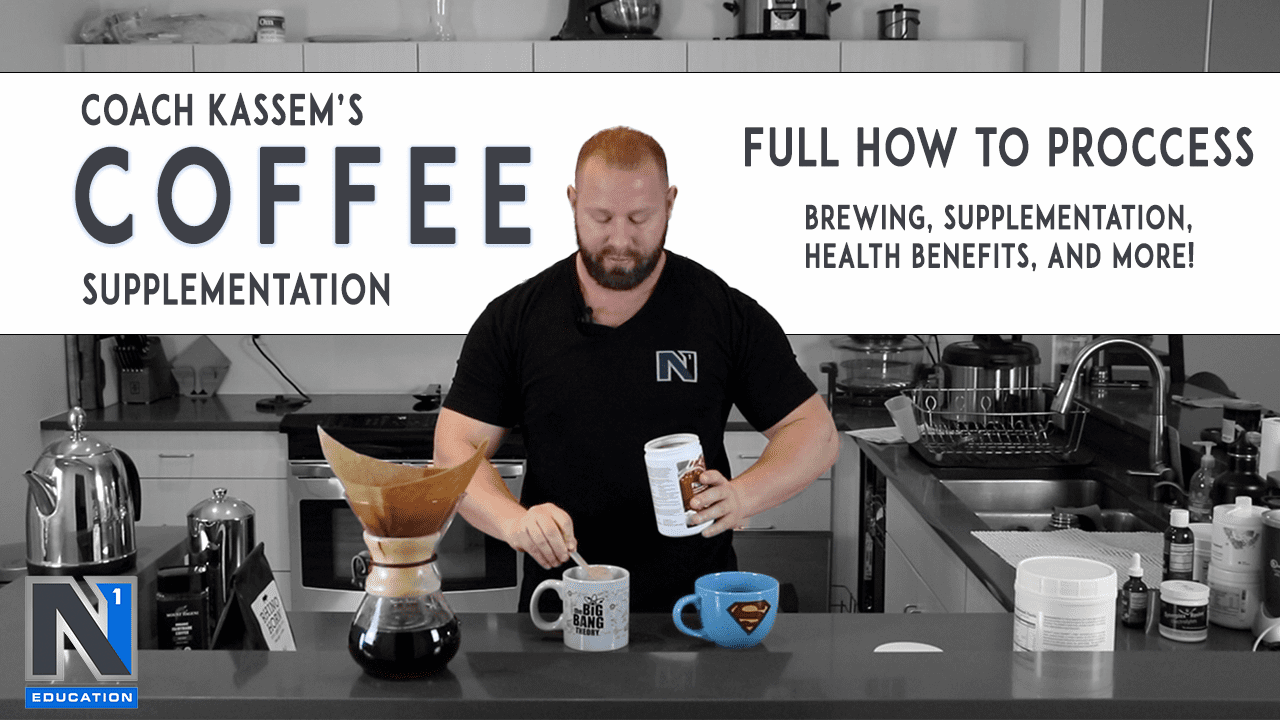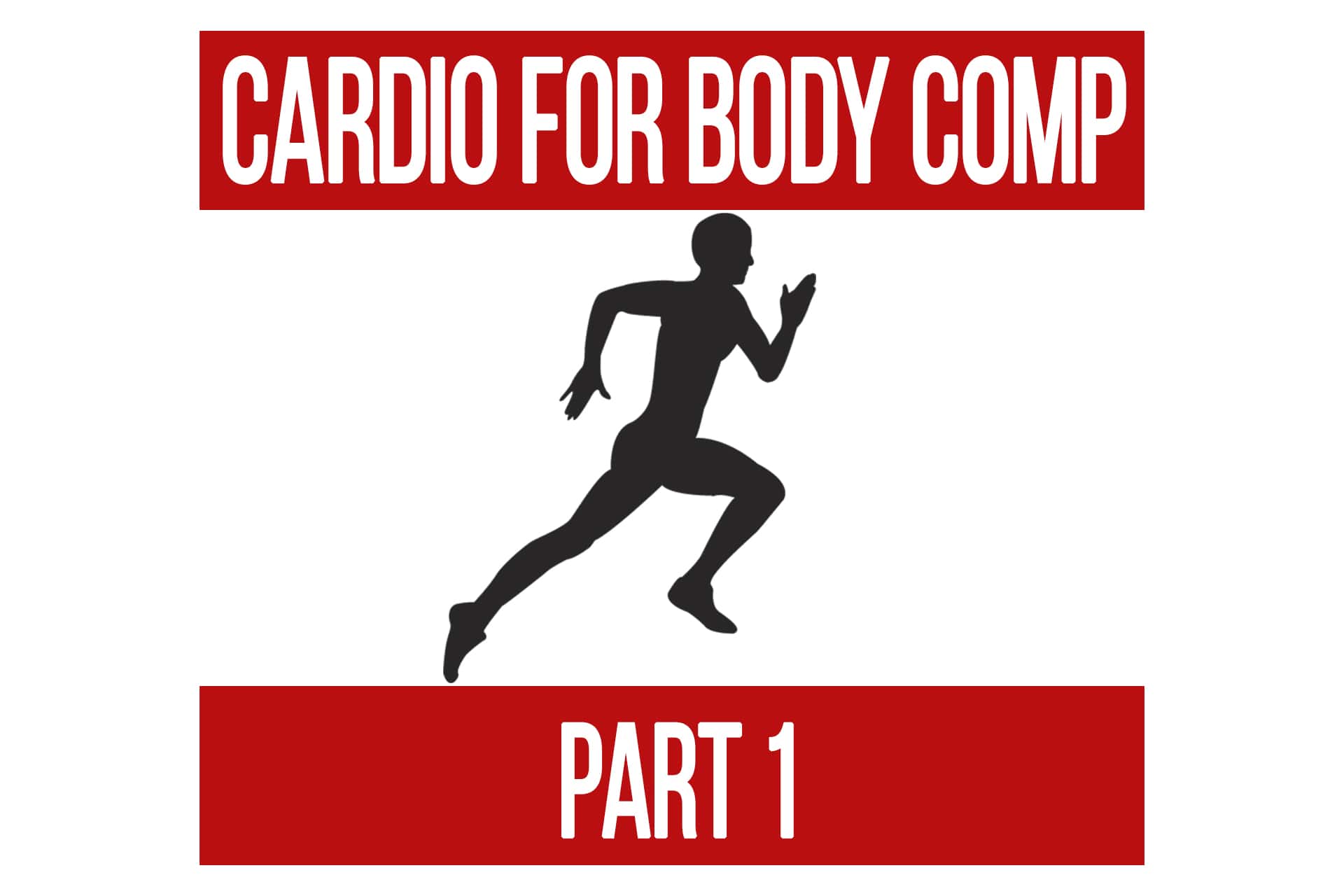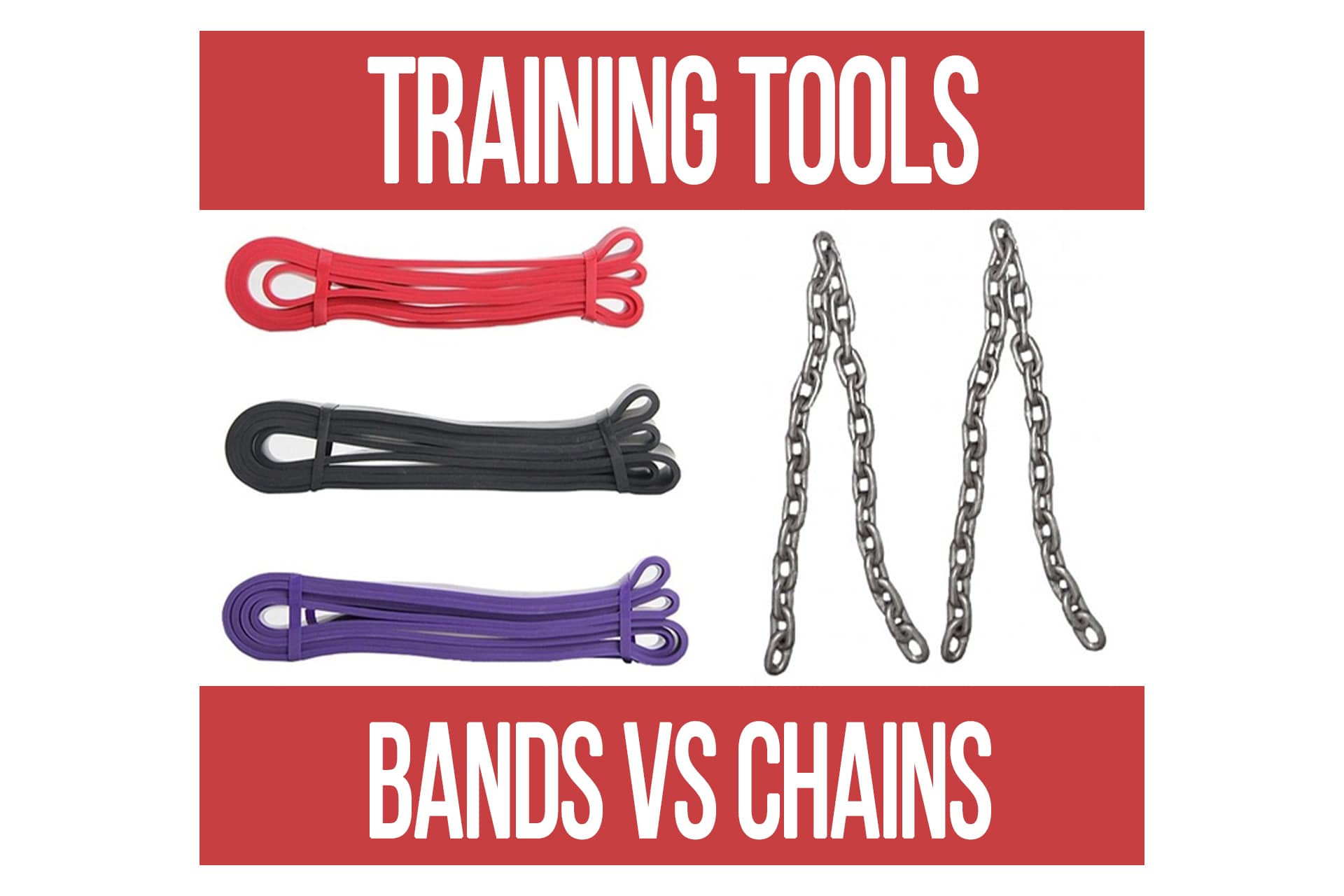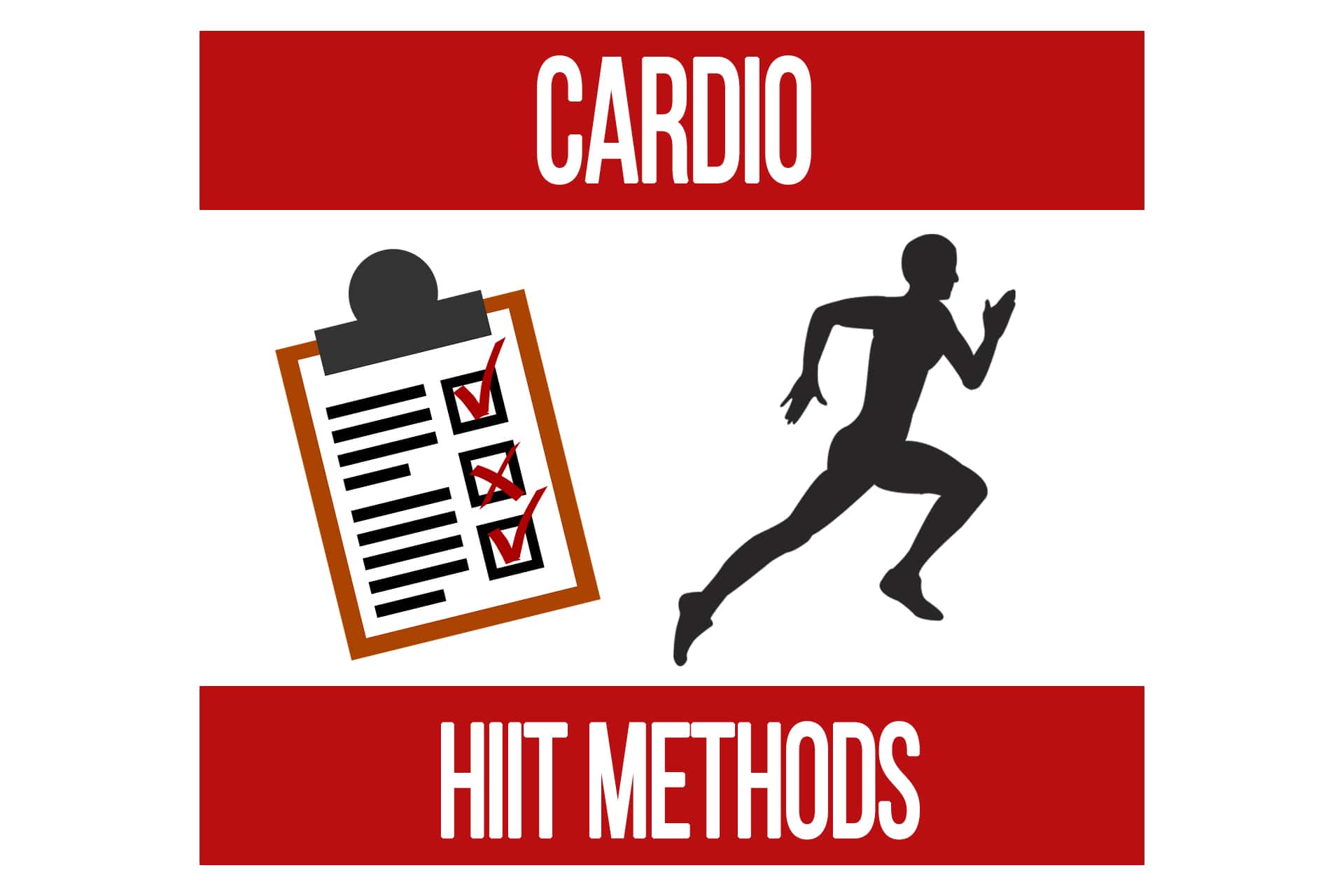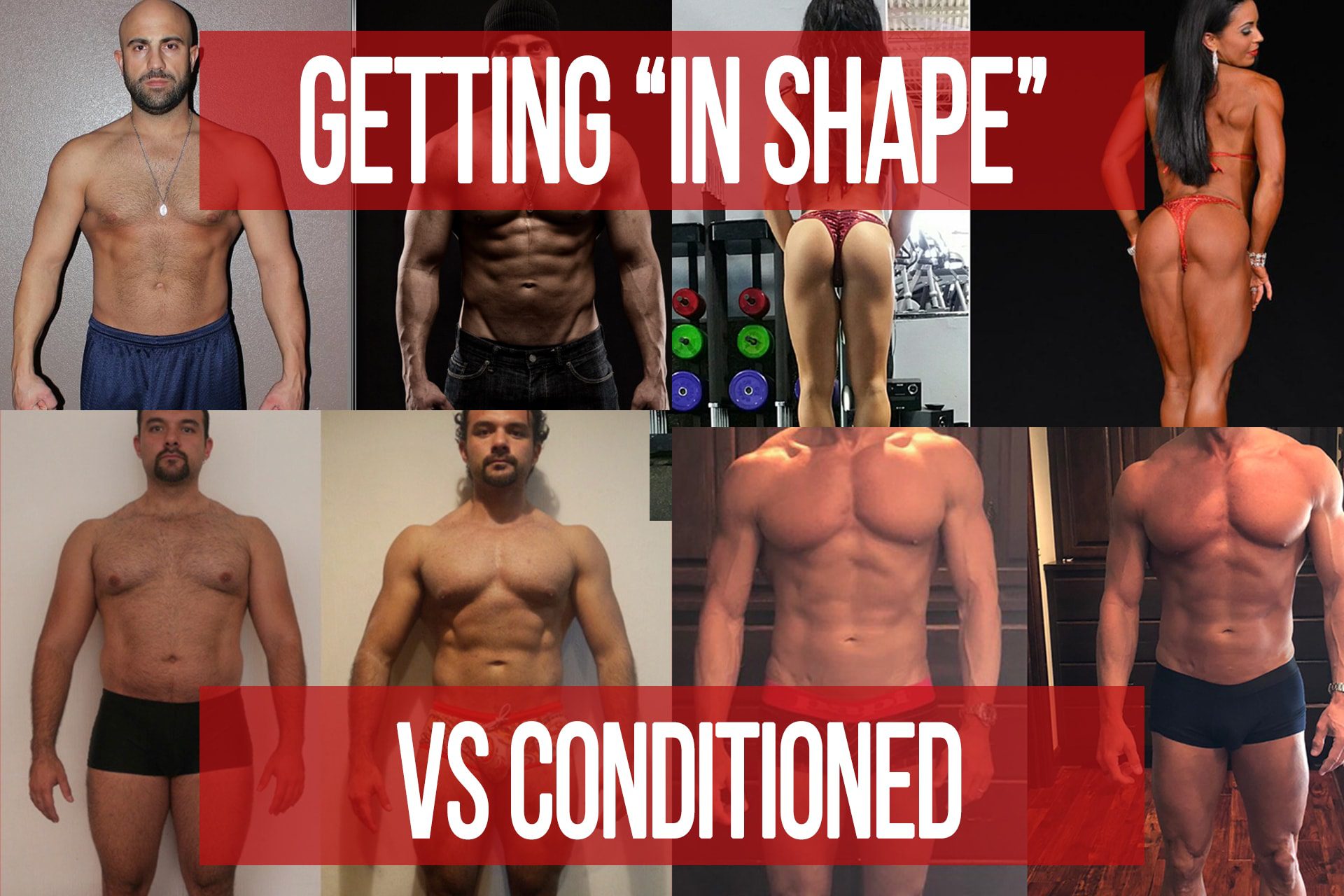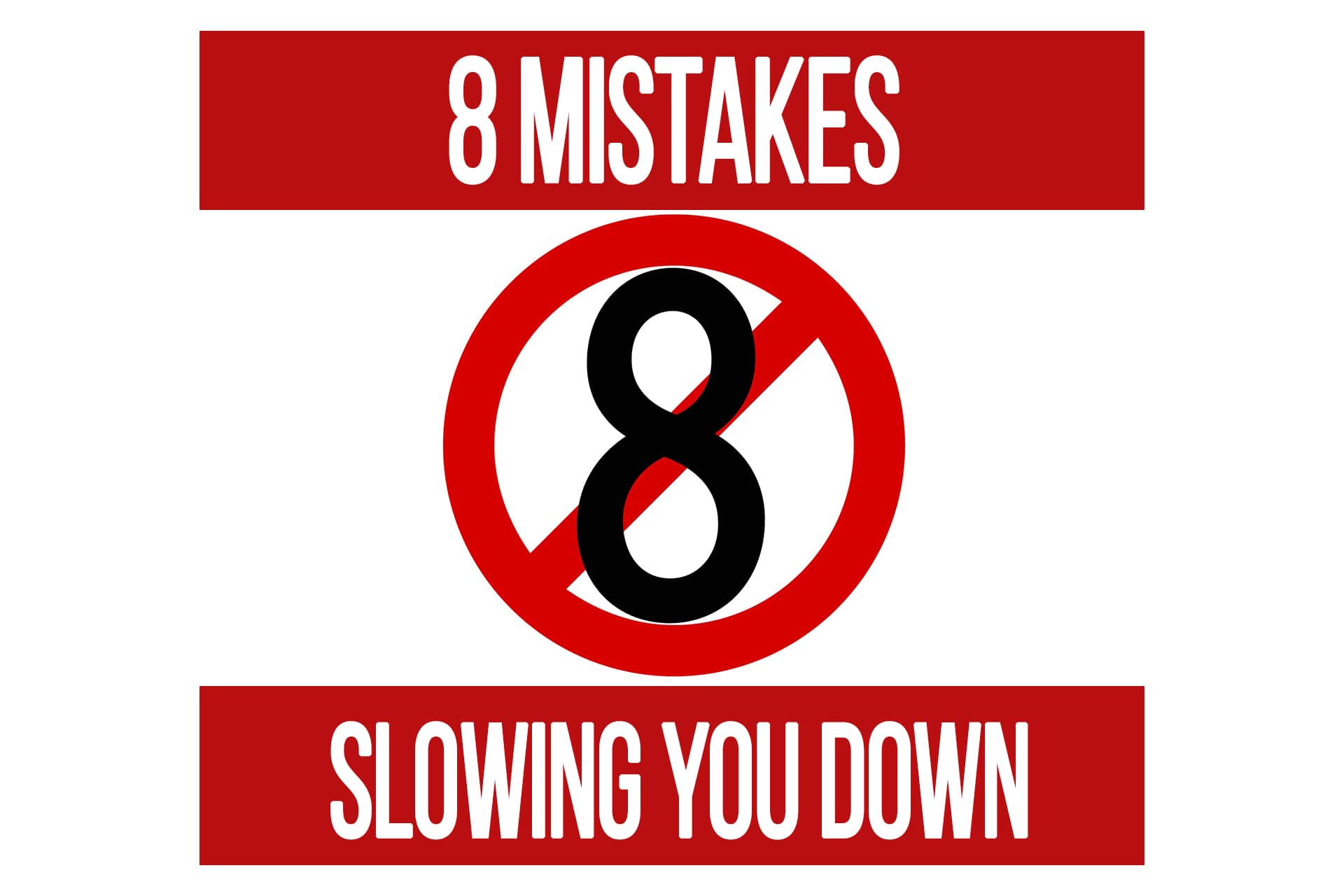What Shoe to Train In?
n1 training
Are Five-Toed Shoes Good for You?
I have read about a dozen or so opinions on the new, more flexible/free movement shoe trend out there. The most obvious change has been the popularity of the 5 toed shoes.
Like most trendy things, the popularity usually is socially based on some fad movement in the industry rather than hard science. One of the biggest clues that this is the case is that five toed shoes have been around for a long time. Similar to the Kettlebell, someone decided to make a new marketing campaign for an old product. The price of shoes has become so inflated these days that getting a piece of the market is quite lucrative.
What are the benefits of having a more barefoot style or free motion type shoe?
Some of the claims made by the manufacturer:
1) Strengthen your foot and lower leg muscles
2) Improve range of motion in your ankles, feet and toes
3) Stimulate neural function for improved balance and agility
4) Improve posture by removing heel lift, which aligns the spine
5) Allow the foot and body to move naturally
It’s important to know that many of these claims were also made by the recent shaping shoes. If you’re not aware, Rebok has issued several million dollars in refunds based off the false claims of their “shape ups”. It’s also important to know that especially with feet, when you are experiencing pain from a current position or movement, any change often feels better at first. These effects often wear off after the first 2-4 weeks of use however, and the pain returns. Ask anyone who has gone through a few pairs of generic insoles.
So let’s look at the first claim. Do barefoot style shoes strengthen your feet and lower leg muscles?
No. Exercise and movement will strengthen your feet and legs. Any research I have read on the subject is completely subjective and basically a marketing piece of its own. Third party research shows no such thing as a significant fact.
Do barefoot style shoes improve range of motion in your ankles, feet, and toes?
In short, walking barefoot or in barefoot style shoes can improve range of motion if your range of motion is limited. Will it increase range of motion in a healthy functioning foot? No.
Any good coach will tell you that range of motion is critical for joint and tissue health. Hard-soled walking shoes and sneakers can limit the range of movement, and distort the movement of the pattern of the foot. Over time this can decrease the health of the joints and muscular and connective tissues in the foot. For most people though, it’s not their gym shoes that are causing dysfunctions in their feet from all the hours they spend at the gym. It is the high heel and hard soled shoes worn at the office and the shear lack of movement.
We did not evolve to spend 8-16 hours per day on our butts either. If you are having problems with your feet, make sure you start addressing the proper causes. So if your feet are tight from being in heels all day, switching to a five toed or free motion type shoe will help restore some flexibility if you’re standing and walking a lot. Wearing them while sitting at your desk isn’t going to make much of a difference.
To answer claims 3-5.
The foot has biomechanics that it was evolved for just as any other part of the body. The foot is designed to support our bodyweight and give feedback about the stabilizing surface to the brain which can then properly contract all the muscles for movement and balance accordingly. The closer you are to barefoot, the more accurate and true in nature the feedback you will get from your feet.
So the more barefoot feel a shoe has the more natural the feedback will be. Any change in foot position will effect posture, however there is almost a zero chance that addressing just the foot will create optimal posture. It’s only a start. It’s important to address all the postural muscles in the legs, core, torso, back, and neck to achieve optimal posture.
As far as improvements in agility, this is a far-fetched claim. A person would have to be significantly impaired to see a noticeable improvement in coordination from just a shoe switch. Agility can actually only improve 10% after age 12. If balance and coordination are lacking, drills to restore proprioception are the best. These drills should be performed barefoot in most cases, so this would be a time where the barefoot style shoe would be superior to a sneaker.
What are the Problems with Five Toed and Free Motion Shoes?
Whether five toes or free motion shoes are good or bad for you largely depends on how you intend to use them. You can check out the Vibram FiveFingers website and they have a list of barefoot sports.
My issues are mainly with the first two. Now fitness in the sense they have used it is likely not referring to proper weight lifting. The give away is by the two guys doing the synchronized kettlebell swing. Isn’t that cute?… Let’s see if we can’t take a better look at the logic behind the barefoot shoes. The idea is that they allow for natural conditions which our foot is evolved for. Well the foot has been evolving for hundreds of thousands of years, and weight lifting has only been around a few hundred and running for distance has only been around the last century.
Keep in mind neither of these activities has anything to do with the reproductive success of our species, so our feet evolving for heavy deadlifting and marathon running is highly unlikely.
This is a simple question of what is your purpose/goal of the training. If you’re lifting heavy weights, the goal is maximum strength. Training strength is best performed in a stable environment. You want the limiting factor to be the strength of the primary mover muscles doing the work. You should never be concerned about turning an ankle during a squat.
The only training that needs be done barefoot is proprioception training, where the goal is retraining the nervous system, to increasing strength or metabolic effects. Free motion type shoes can increase range of motion of ankle movement exercises like calf raises and tibialis raises, but you must also consider that this is not a “natural” condition for the foot when using weights well above bodyweight. Care should be taken as to not injure the muscles of the foot when using weights easily managed by the gastrocnemius.
Now onto running… First, running for distance is not healthy for your feet or legs period. Our running mechanics evolved to hunt or escape. Within a few meters, that means we either had lunch or we were someone else’s lunch. The incidence of heart disease and cardiovascular disease have not decreased with the trend of long duration aerobic activities like distance running. Distance running is incredibly damaging to your joints, connective tissue, and muscles.
As far as your shoes are concerned. If you still insist on running, here are the things you should consider. The damages of running come largely from impact. After all, we didn’t evolve in a concrete jungle either. Proper cushioning will help save your joints. While barefoot running may change the gait, this benefit is largely insignificant when you start increasing the distance of running. If it’s more than a sprint, the gait is going to be effected by fatigue and many other postural muscles. Plus, distance running or jogging is not true running form like a sprint. So when it comes to running distances, going barefoot style is making an already unhealthy activity even harder on your body.
If you are doing anything for sport, the best way to train is to spend the majority of your time training in the sport conditions. So a football player should do his running drills in his football shoes, on football turf. Doing drills outside of your sport condition should have a specific goal to support your training. This is usually prehab, rehab or strength training.
Conclusion
Barefoot style and free motion shoes are just another training tool, that can be used properly or improperly. Barefoot training for proprioception or walking can be very beneficial. When your goal is performance or strength, you should also apply the proper tool to get the most from your workouts. A good pair of weightlifting shoes can do wonders for your lifts. I personally own a whole host of different shoes. My favorites for resistance training are the Lems Primal 2.
I won 3 Nike Free TR’s, which are the training style, not running style shoe. This is what I wear all day being on my feet. When it comes to strongman training and prowler/ sled work, I wear a pair of cross training shoes with a little more cushion and traction, but not as much instability as a full cushion running shoe. I can tell you that standing all day in training shoes sucks, but also that walking all day in New York City in a pair of free motion shoes had my feet aching for days. Never underestimate the power of having the right tool for the job.
CLICK HERE for a full list of our “N1 Favorites” for everything from shoes to coffee and kitchen tools
Getting “In Shape” vs Conditioned
articleBody Composition Conditioning Definition Supplementation Training
Popular Pages
Learn & Train With Us
Add N1 Training to your Homescreen!

Please log in to access the menu.
